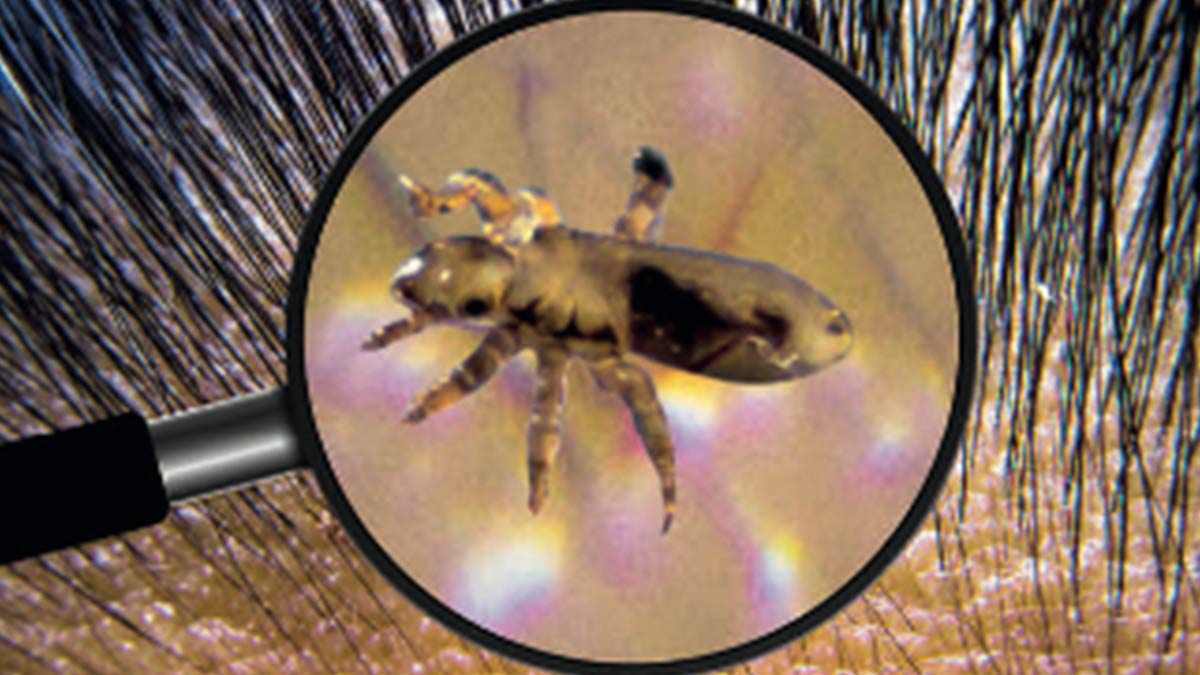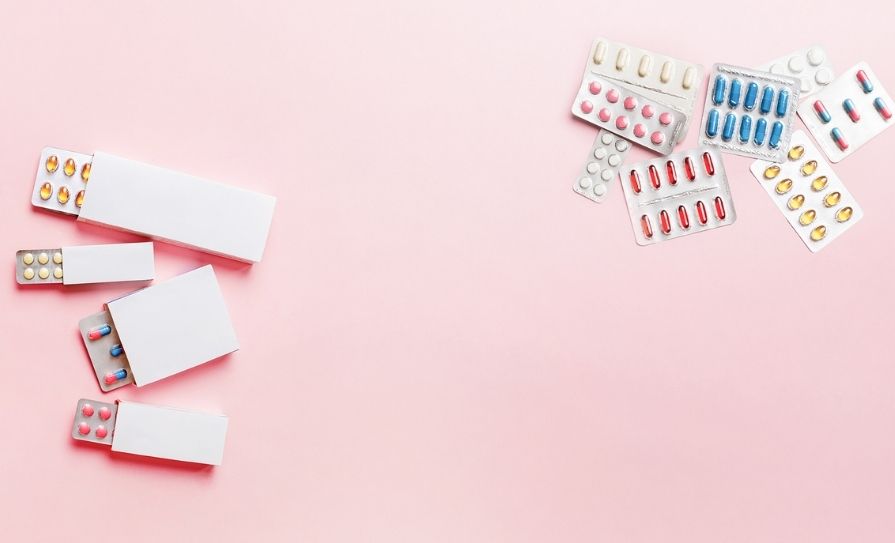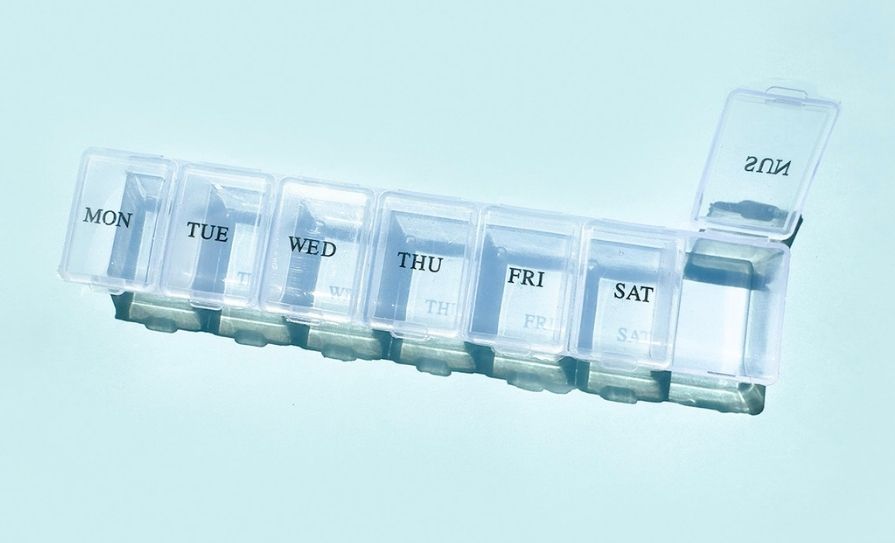People can act as hosts to three species of louse – pediculosis capitis (head lice), pediculosis corporis (body lice), and pediculosis pubis (pubic lice). Head lice are tiny wingless grey-brown insects around 3mm long (fully grown). The lice infest the scalp from close contact with an infected person and then attach themselves to the base of the hair to feed on blood from the scalp. Eggs are laid close to the root of the hair and are stuck by a cement-like substance by the female louse, around seven to 10 days later the eggs will hatch lice and the empty eggshells (known as nits) remains. A female can lay about 10 eggs per day.
Pharmacists’ advice
Check children’s hair for lice regularly, ideally once a week. Use a wet comb made for the purpose. Combing through wet hair makes the process easier. Good light is important.
Itching and scratching are common signs of head lice. As well as live lice, which crawl around the head, look out for nits. Nits are tiny eggs that may look like dandruff but cannot be flicked off the hair;
Check close to the scalp, behind the ears, around the nape of the neck, top of the head and under the fringe;
Treat the hair only if live lice or unhatched eggs are present: treat the child as soon as possible. Always ask your pharmacist for advice on the most appropriate treatment to use;
Inform the school, contacts, and friends when your child has head lice. The school can then inform other parents that there is an outbreak;
Always follow the instructions on the treatment pack, and any advice given by your pharmacist. Products used to treat head lice do not prevent the infestation from occurring and should never be used ‘just in case’.
Symptoms and diagnosis
It’s very easy for head lice to go unnoticed as there are very few symptoms. Symptoms may include:
- Itchy scalp or irritation in the scalp;
- Rash on the neck;
- Nits/eggs visible behind the ear;
- Feeling of something moving in the hair.
The drugs used to treat lice infestation are insecticides, and if misused or overused can lead to increasing the chance of lice becoming resistant to treatments. Diagnosis is best made by using a detection comb, a special fine-toothed comb with a tooth-spacing small enough to trap even the smallest lice. This detection works best and at its most effective in wet hair but can also be done on dry hair if required.
Infection from head lice most commonly occurs between the ages of four to 11. You will all have seen the day when come 4pm there is a flash demand of head lice treatment due to a school notice. It’s important to remind parents if possible to treat all on the same night to maximise effectiveness of treatment and prevent any misses.
Treatment
Effective treatments are available for getting rid of head lice, but treatment failure may occur if products are not used correctly. It is vital that treatments are only used if the patient is certain that infestation is present.
A second treatment may be appropriate after a week or so to ensure that any eggs that have hatched are dealt with.
Insecticides: Insecticides are used to treat head lice infections and to combat resistance. If a course of treatment does not work then a different insecticide should be used. Insecticides, eg, permethrin, come in the form of shampoos, mousses, lotions, and creams. Shampoos are generally not recommended as they are diluted on the head and not as effective as other products available. Lotions can be alcohol or aqua-based and should be left on the head for 12 hours or overnight. Cream rinses are used like a conditioner and only need to be left on the head for ten minutes.
Other treatments: Include dimeticone, cyclomethicone, oxyphthrine, octane – 1,2 diol, isopropyl alcohol, coconut and aniseed oils, and neem oil. Dimeticone and cyclomethicone coat the head lice and interfere with water balance in the lice by preventing the excretion of water .They tend to be less effective against eggs and should be repeated after seven days.
Oxyphthrine suffocates the lice and kills them through dehydration. Octane – 1,2diol kills the lice through dehydration. Isopropyl alcohol is a disinfectant and is the only product available that kills both lice and their eggs in one treatment so a second treatment is not necessary. There are also electronic head lice combs that detect and kill lice with a small electric charge. They are painless to the child but can be expensive.
Repellents: A number of these products are available that can be sprayed onto the hair. They work by making the hair feel cold and this stops the lice from moving from somebody else onto the sprayed head. It is important to note that they do not kill lice or their eggs.







